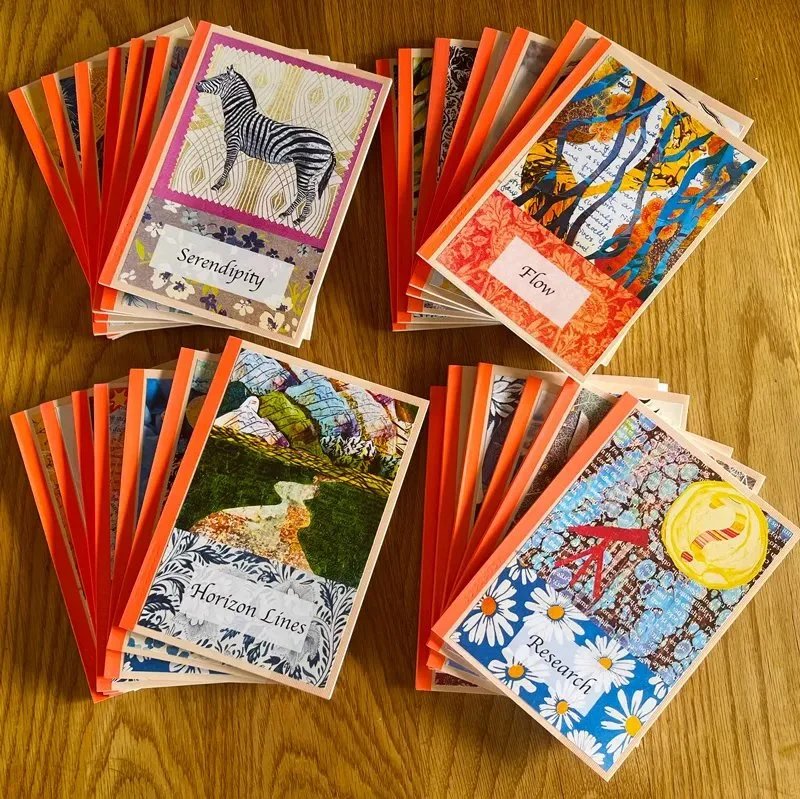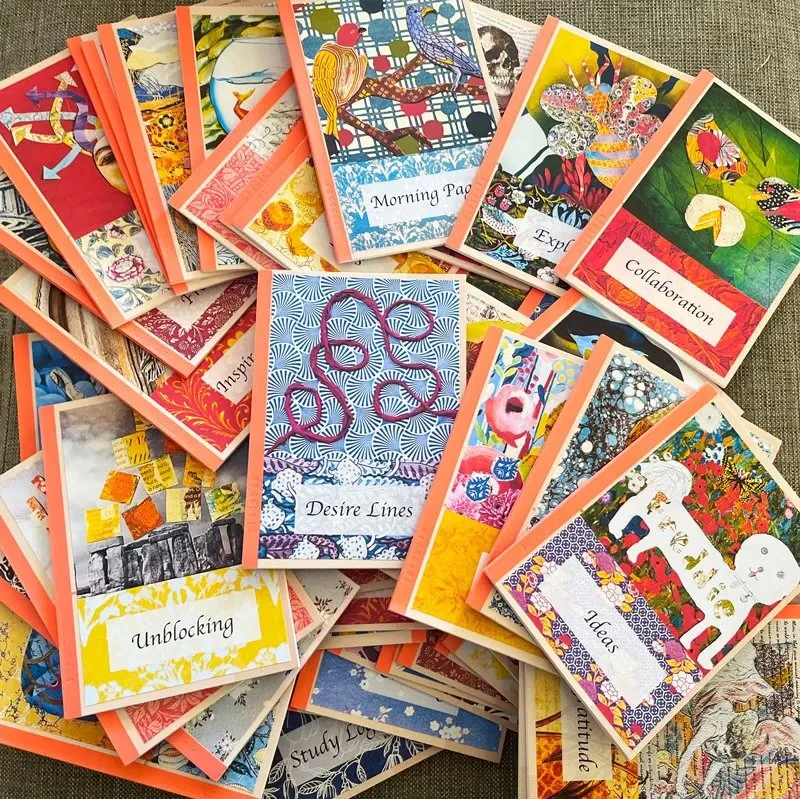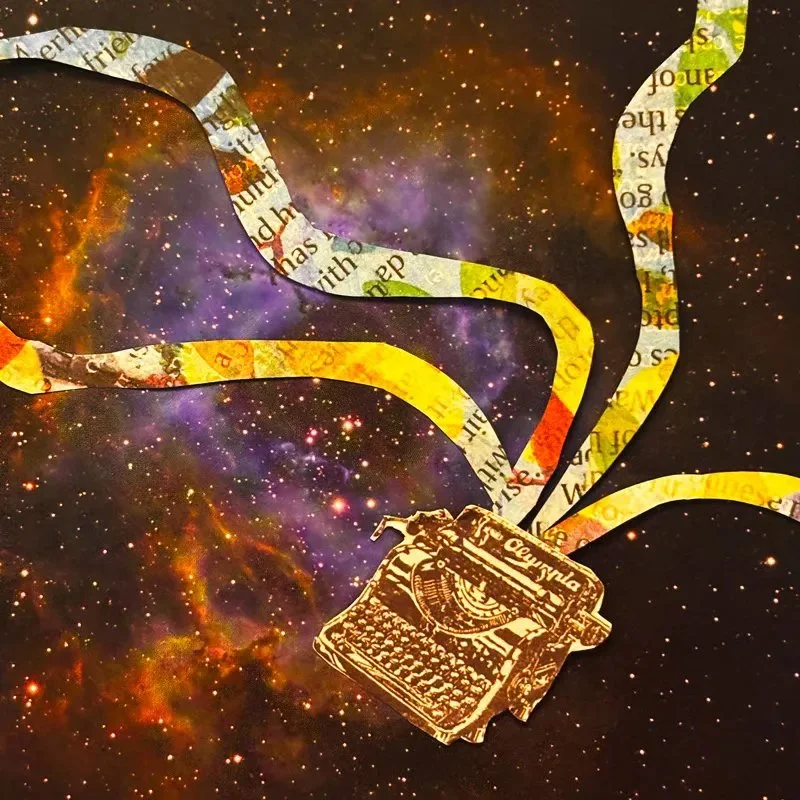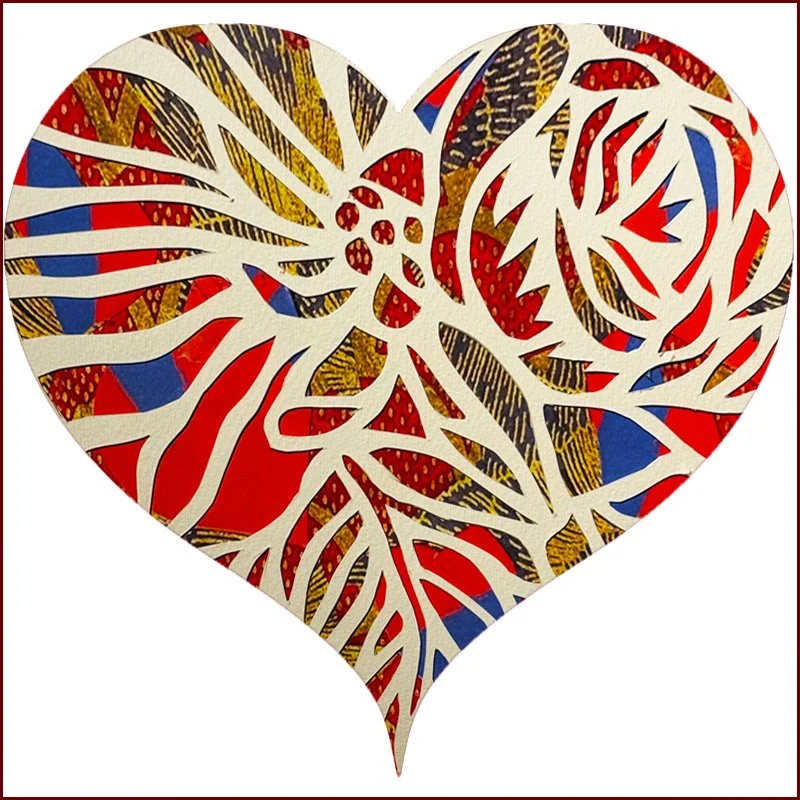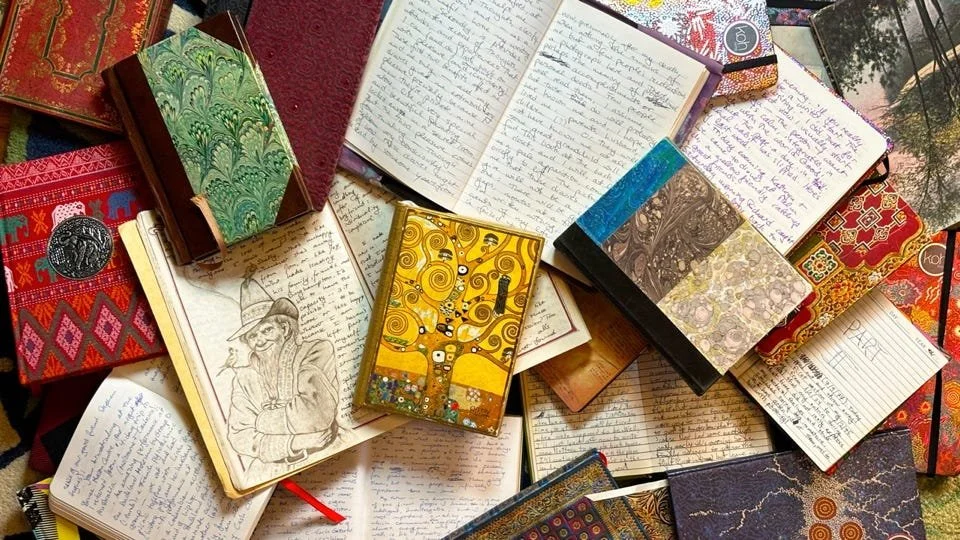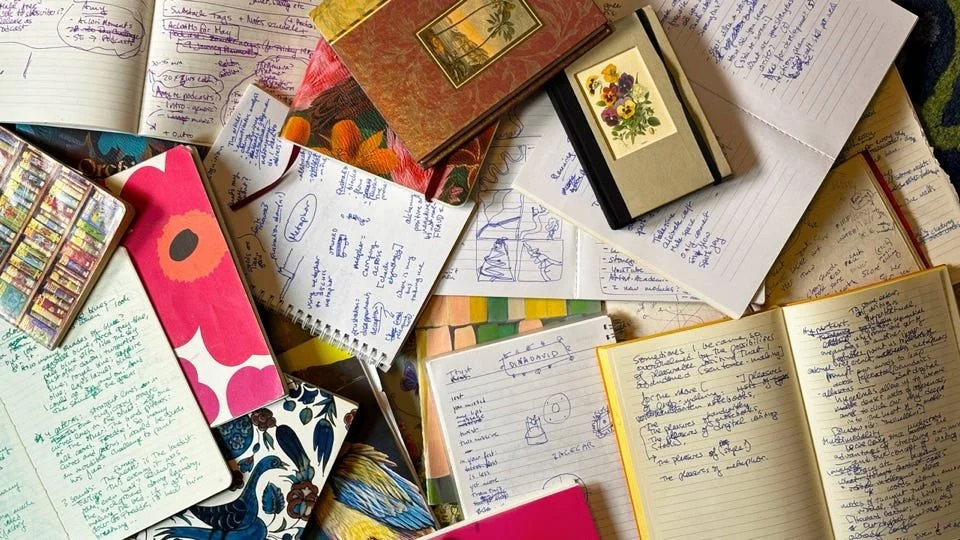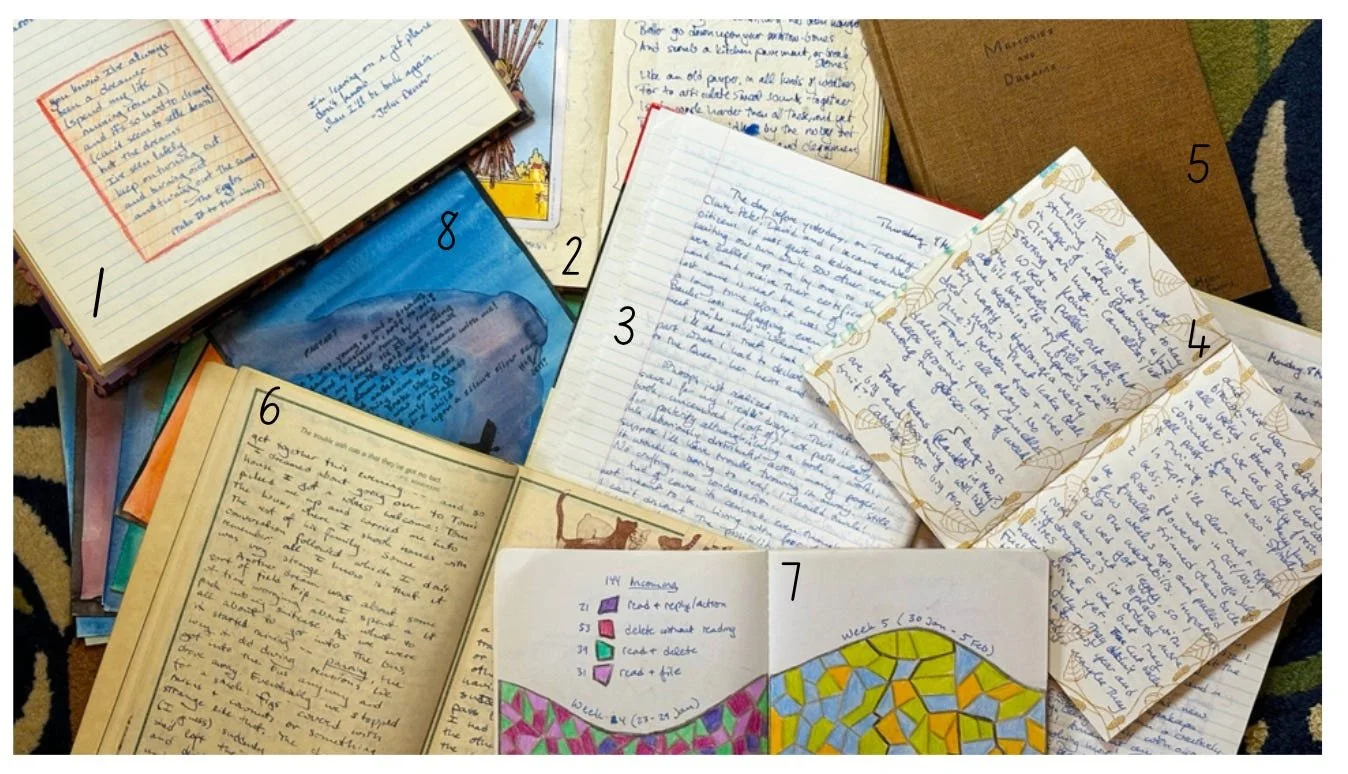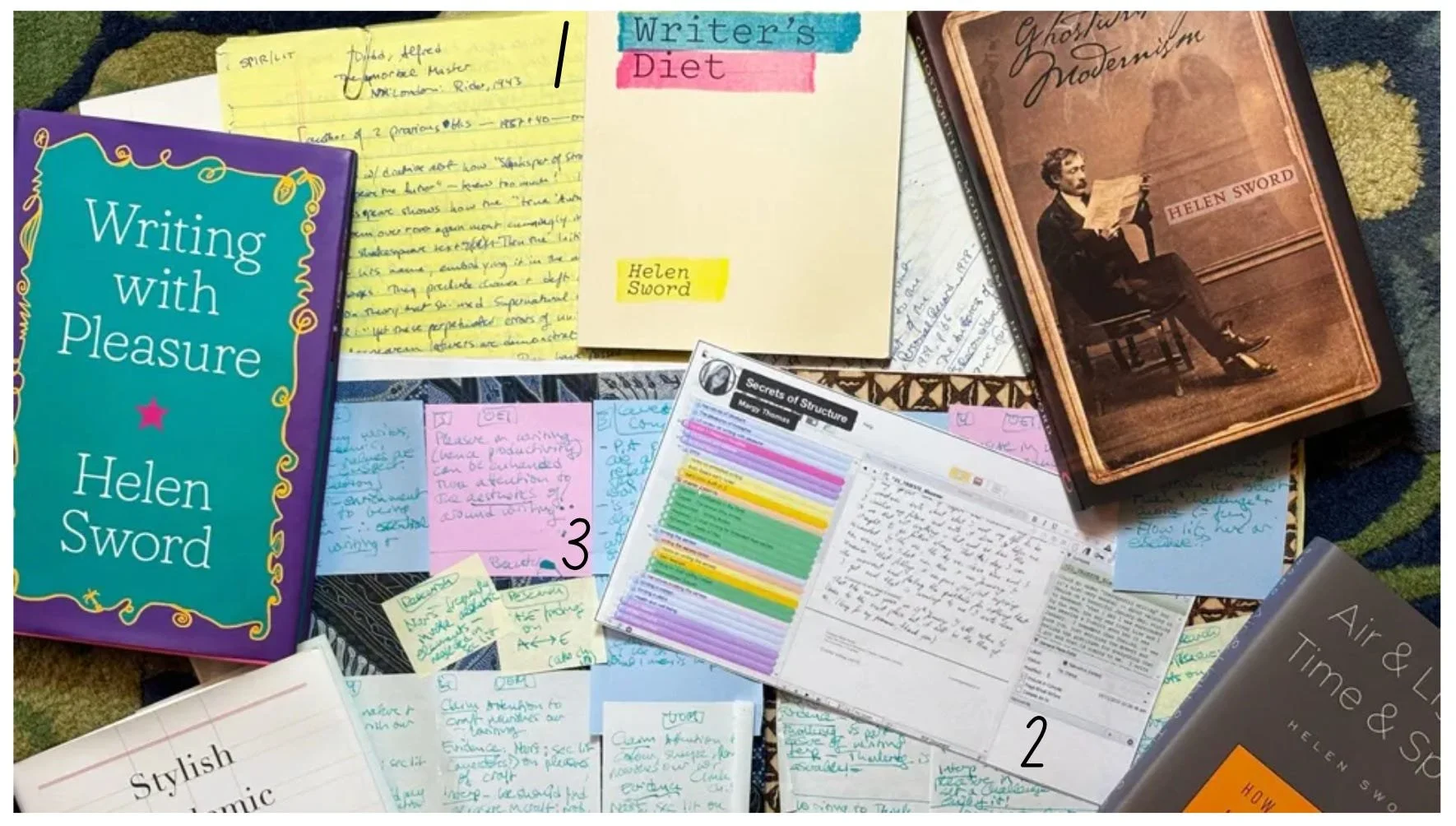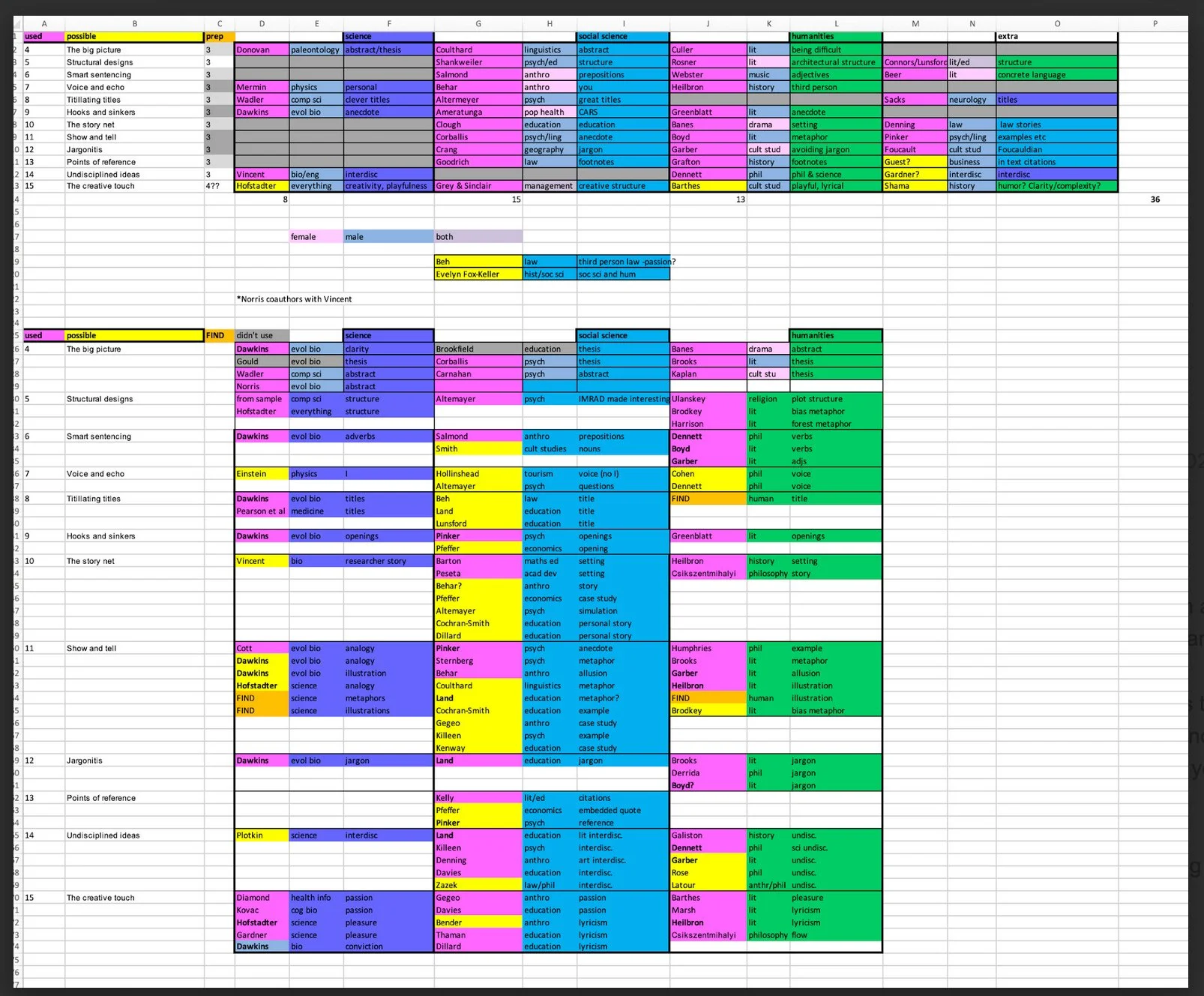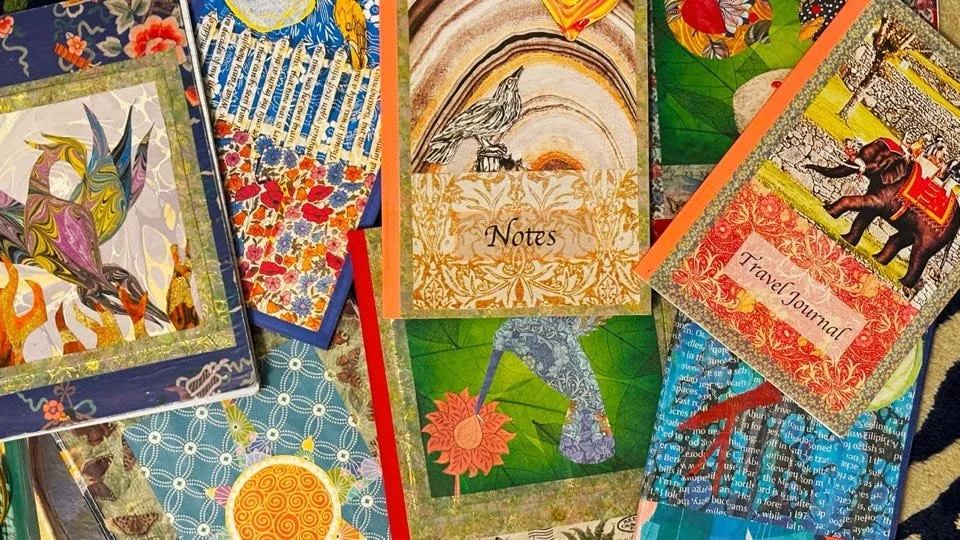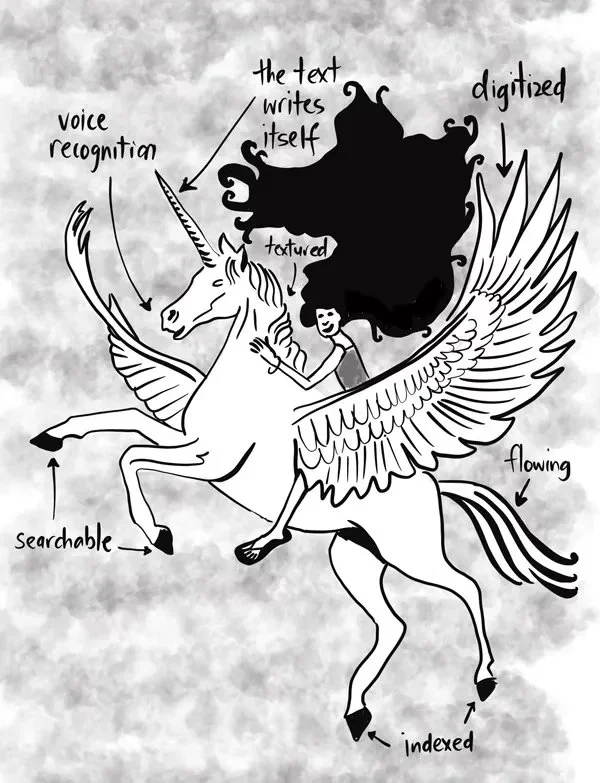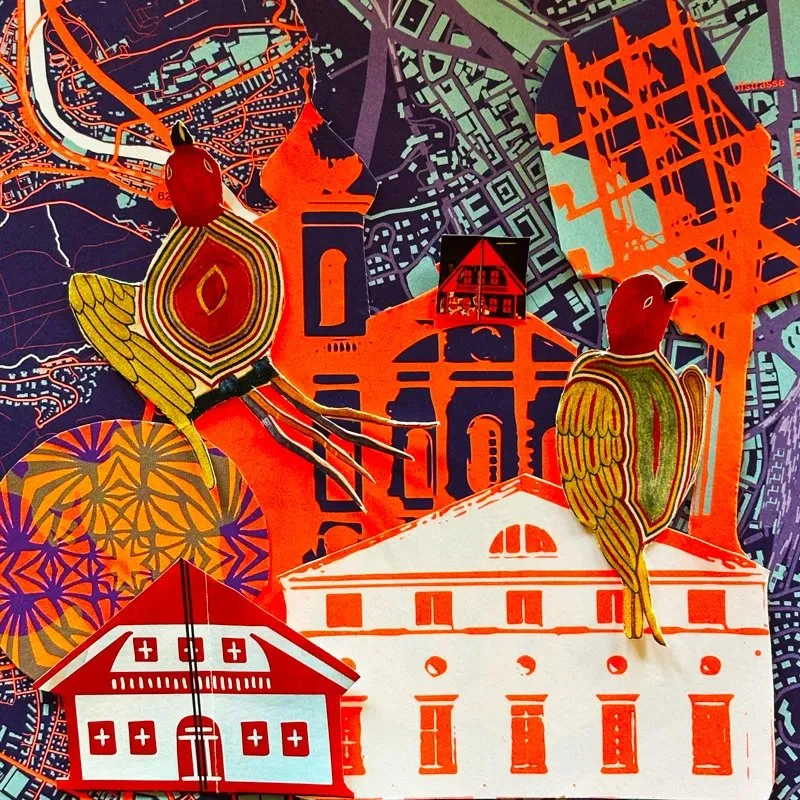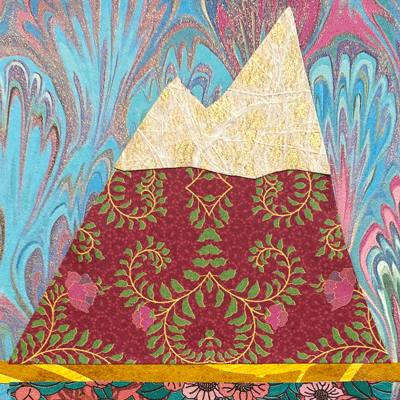How do you develop the confidence to navigate life’s transitions and take on new personal and professional challenges – such as, for example, the challenge of writing and publishing a book when you’ve never done so before?
For inspiration and answers, I asked Lois van Waardenberg, a self-described “cross-disciplinary thinker, empathetic leader, coach, author, and human being who believes in the power of personal evolution.” In the space of just a few short months last year, Lois conceived of, researched, outlined, wrote, revised, and published Confidence Constellations: Insights and Action for Changing Humans, which then went on to win the 2024 Firebird Book Award in the Personal Growth category — an inspiring example of confidence and courage rewarded.
In the first hour of this WriteSPACE Special Event, we discussed how Lois empowered herself to write her book; in the second hour, we conducted a hands-on writing workshop based on Lois’ five “Confidence Constellations,” which spell out the acronym MAJIC.
Here is WriteSPACE Event Manager Amy Lewis’ personal account of the live event.
……………
This two-hour live session was an invitation to embrace confidence, courage, creativity, and the challenges that come with stepping into new arenas. Helen and Lois were inspiring us to illuminate a path toward writing — and living — with greater self-trust.
Lois’ story is extraordinary: In under 6 months, she wrote her book Confidence Constellations, a project that not only culminated in a published book but also won a 2024 Firebird Book Award. Yet, as Lois shared, her journey wasn’t fueled by sudden bursts of bravery or a linear roadmap. Rather, it was a layered, iterative process building on her lifelong work of navigating transitions, overcoming personal and physical challenges, and guiding others through change.
Helen and Lois’s conversation ranged widely but always circled back to one central truth: confidence is not a fixed trait but a practice. Lois encouraged us to rethink the very idea of confidence, challenging the ways it is often narrowly defined. She illuminated several important topics: the gender confidence gap (check out The Confidence Code by Claire Shipman & Katty Kayand), internal versus external validation, and the role of visualization as a neural "shortcut" for building new patterns of action.
Another key theme was the power of feedback — not as a threat to the ego but as a gift that fosters growth. Lois described how, at the beginning of her writing process, she sent her very raw manuscript to several people to get feedback — the thought of which would make most writers squirm (myself included)! But Lois reminded us that risk is essential and truly confident people are often those most willing to learn, unlearn, and evolve. “To ask someone to put their eyes on your work is such a hard thing to do. But feedback is essential—A single tiny concept really really changed the book for the better! The smallest things can have the most incredible impact, like colour seeping through.”
She also introduced us to her beautiful MAJIC framework, which consists of five Constellations, each containing a number of separate Stars (inspirational anecdotes, quotes, and actions):
MYSELF: The foundation. Confidence begins with understanding and trusting oneself.
ACTIVATION: The art of taking baby steps, performing small actions that rewire your brain and gradually expand your capabilities.
JOURNEY: Recognizing that growth is neither linear nor predictable — we travel in loops, revisiting lessons and weaving new meanings along the way.
ILLUMINATIONS: Embracing paradox and reclaiming misunderstood ideas to forge your own philosophical path.
COMMUNITY: Remembering that confidence is relational; the act of engaging with diverse perspectives, even (and especially) when they challenge us, can strengthen our inner compass. As Lois so wisely put it: "We would have little use for confidence if we lived in a world on our own."
In the second hour, Lois guided participants through a hands-on writing workshop inspired by her MAJIC framework. One of the exercises included a visualization challenge, which I encourage you to try for yourself!
Writing prompt: Bring all of your senses into a visualization of one of the following: (1) a reader (either a real person or a made up persona) engaging with your finished or draft text; (2) yourself engaging in a part of the writing process that you struggle with.
A warm thank you to Helen and Lois for this inspiration, and to all the writers who joined us. For more wisdom from Helen and to hear about upcoming WriteSPACE events, stay connected with us — and let’s keep writing with confidence!
See you at the next event!
WriteSPACE and WS Studio members can find the full recording of the two-hour Special Event in their Video library.
Not a member? Register to receive an email with a link to the video of the first hour.
Better yet! Join the WriteSPACE with a free 30 day trial, and access our full Library of videos and other writing resources as part of your membership plan.









